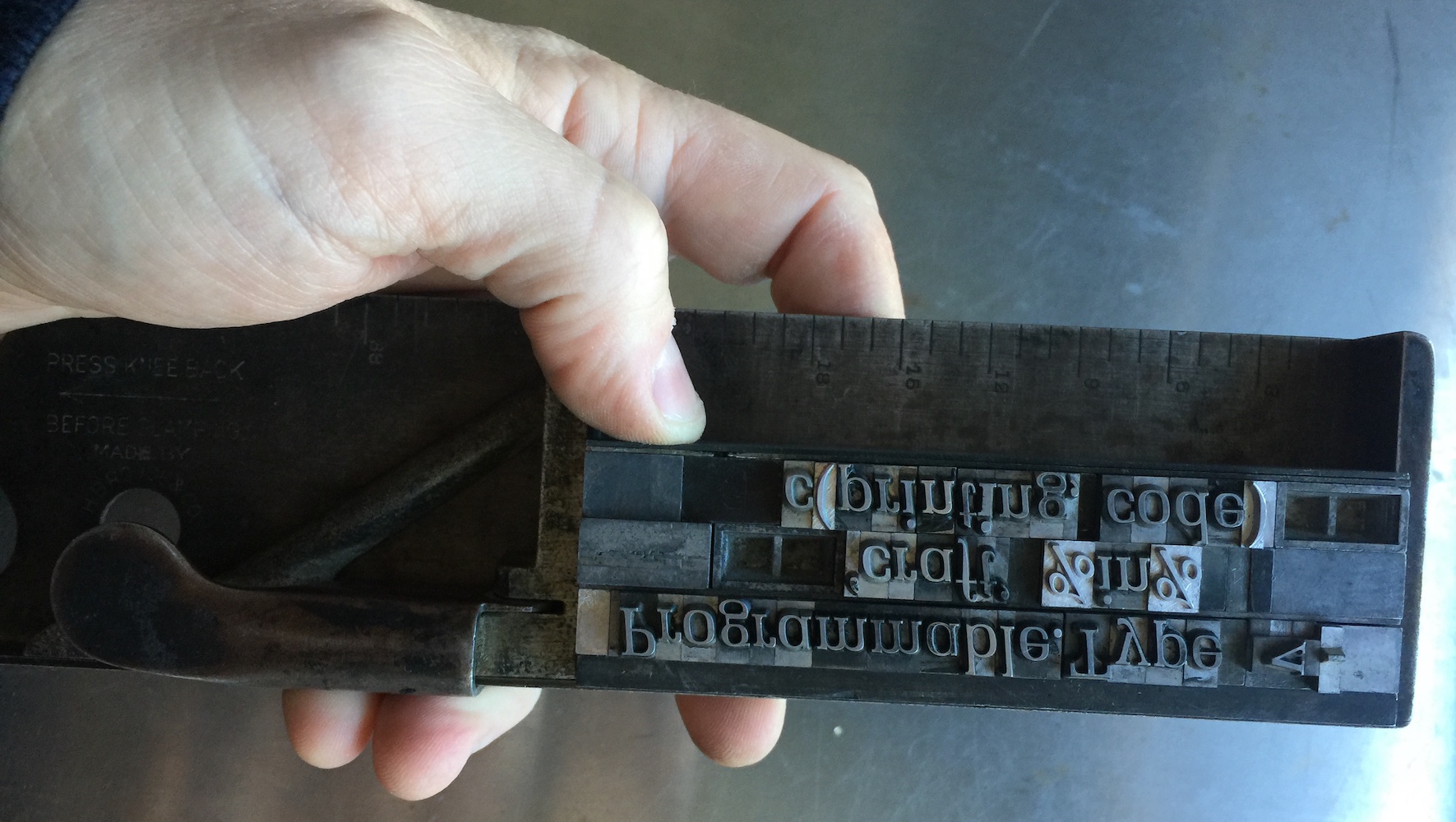A short essay I wrote with Stéfan Sinclair on “Recapitulation, Replication, Reanalysis, Repetition, or Revivification” is now up in preprint form. The essay is part of a longer work on “Anatomy of tools: A closer look at ‘textual DH’ methodologies.” The longer work is a set of interventions looking at text tools. These came out of a ADHO SIG-DLS (Digital Literary Studies) workshop that took place in Utrecht in July 2019.
Our intervention at the workshop had the original title “Zombies as Tools: Revivification in Computer Assisted Interpretation” and concentrated on practices of exploring old tools – a sort of revivification or bringing back to life of zombie tools.
The full paper should be published soon by DHQ.





